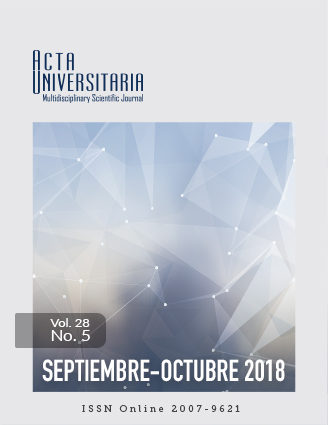Determination of silver concentration in tomato seeds (Solanum Lycopersicum L.) exposed to silver nanoparticles using AAS-F and a validated method
Published 2018-11-15
Keywords
- Tomato seeds,
- uptake,
- silver nanoparticles.
- Semillas de tomate,
- absorción,
- nanopartículas de plata.
How to Cite
Abstract
The interaction of silver nanoparticles with Tomato seeds (Solanum Lycopersicum L.) was studied; the amount of silver uptake by tomato seeds was quantified by using flame atomic absorption. The absorption analysis was carried out according to the performance study of the method to estimate the detection and quantification limits as well as the accuracy. The seeds were exposed at different silver concentrations and different times. A simple method has been developed for the determination of silver content in aqueous matrices by acid digestion followed by atomic absorption spectroscopy flame; it was found that the acid digestion is efficient for extraction of the analyte in a single step. The limits of quantification achieved in the analytical method allow the determination of silver on plant tissue, the highest silver uptake in the tomato seeds was obtained with the treatment using the highest silver concentration (10 mM) and longer exposition time (48 h).

